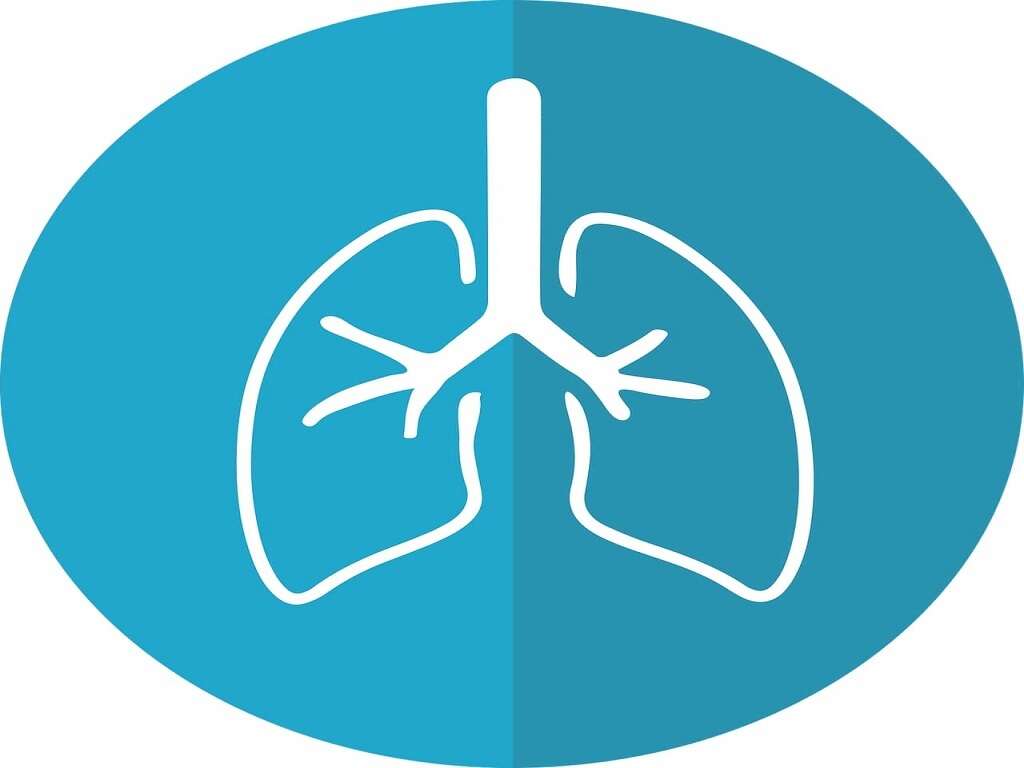10 Flu Symptoms
Flu or influenza is a respiratory disease that is caused by the influenza virus. The virus is transmitted through the air and enters your system via your mouth and nose. Approximately 5 to 20% of the population in United States are affected by the flu annually and can be fatal for the elderly, individuals with chronic illnesses, and newborns. It affects the global population yearly causing three to five million cases with 250,000 to 500,000 deaths. In both the north and south, flu usually occurs during the winter and in regions around the equator, it can happen anytime. The affected individual can be contagious before and after showing symptoms.
To reduce contagion and spread, frequent hand washing, and masks are recommended. The World Health Organization also recommends annual vaccinations (usually effective against three to four strains of influenza) that are available for individuals at risk.

Symptom #1: Fever and Chills
Just like any other infection, a fever will occur. This is the increase in the set-point of the body’s temperature leading to more muscle contractions to produce more heat. Theoretically, a fever is the body’s natural way of fighting the infection as the higher temperature helps speed up immunological reactions and hinders pathogen activity.
Chills may also occur during a fever. It is described as a feeling of coldness when the set-point in temperature increases making the affected person feel cold until the new temperature is reached through muscle contractions, shivering, extra clothing, etcetera.

Symptom #2: Myalgia
Myalgia or muscle pain is a common symptom of many types of diseases. It is also seen in viral infections including influenza. Myalgia is one of the biggest reasons why most individuals feel awful when they have the flu as the whole body is aching. It mostly affects areas in the back and legs.
This symptom will resolve once the flu is over. You can also take over the counter pain killers such as acetaminophen or non-steroidal anti-inflammatory drugs such as ibuprofen. If in doubt, consult your doctor before taking any medication.

Symptom #3: Fatigue
Fatigue, lethargy, or feelings of tiredness is gradual. It is a non-specific symptom and can occur in many other diseases. It is described as a feeling of tiredness that may last several weeks until your health improves. It can be alleviated by periods of rest.
In the elderly and immunocompromised, the fatigue may last longer compared to other individuals as it takes longer for their body to heal. There is a transient decrease in the ability to maintain optimal physical and mental performance.

Symptom #4: Cough
Cough is described as a sudden and repetitive reflex to clear the respiratory passage from irritants, fluids, foreign particles, and pathogens. Frequent involuntary coughing may indicate that there is an underlying disease. It is not a symptom specific to influenza but is often seen among influenza patients as it is a respiratory disease and affects the airways.
Self-medication with over the counter drugs should be avoided. Coughing can be quite unpleasant but it is a defense mechanism. You should seek medical attention before using cough suppressants or any other drugs.

Symptom #5: Nasal Congestion and Runny Nose
As previously stated, since influenza is a virus that affects the respiratory passageways, it can result in cough and in this case, nasal congestion and runny nose as well. Nasal congestion happens when there is irritated and inflamed membranes and blood vessels in the nose causing the nasal passages to be blocked.
You should ask your medical provider before using any symptomatic relieve medications for these symptoms. Many over the counter drugs can cause a rebound effect, causing the symptoms to return after a while and complications may arise.

Symptom #6: Sore Throat and Hoarseness
Influenza being an infection that mostly affects the respiratory system means it can also cause affected individuals to have a sore throat and hoarseness. A sore throat is defined as having pain anywhere in the throat. In influenza, it occurs as there is inflammation of the throat and can be seen as a red and irritated throat when the patient opens his or her mouth.
Hoarseness occurs when the vocal folds in the larynx are inflamed and irritated. Both symptoms will resolve once the infection is over. The pain can be managed using pain killers such as acetaminophen / paracetamol or any non-steroidal anti-inflammatory drug.

Symptom #7: Shortness of Breath
Since influenza affects the respiratory tract and causes issues such as sore throat, coughing and hoarseness of the voice, more severe cases can result in breathing difficulties where the patient experiences shortness of breath due to the congestion and persistent coughing. It can be described as a feeling where you cannot draw a full breath.
With shortness of breath, some patients can experience chest pain and tightness. This is usually due to the severe coughing and restricted airways. If you have asthma, this issue be much worse. If you have a higher risk of heart attack and other cardiovascular issues, seek medical attention as soon as possible if you experience chest pain or tightness.

Symptom #8: Sneezing
Sneezing is a common symptom in both influenza and colds. It is the explosive expulsion of air from the lungs via the mouth and nose and functions to expel the mucus containing pathogens in an attempt to clear the airway of irritants and harmful agents. It also causes the spread of disease.
If you have the flu and are constantly sneezing, it is recommended that you sneeze into a tissue and dispose of it after as the droplets from sneezing can pass into the air infecting others. You should also wash your hands as the virus on your hands can pass on to other surfaces and infecting others.

Symptom #9: Headaches
Headaches can occur in those with influenza and includes pain that is in the head or neck. Since the body’s natural response to fighting an infection is a fever, the raised body temperature results in dilated blood vessels and increased pressure in the head leading to a sense of heaviness, pounding, and pain in the head. The nasal congestion also contributes to the increased pressure around the eyes and face, leading to worsening of the headache.
You can try over the counter pain killers to reduce the pain. Remember to always seek medical attention for proper diagnosis and treatment guidance.

Symptom #10: Loss of Appetite
In influenza, there can be loss of appetite especially if you experience symptoms such as diarrhea, nausea, and vomiting. This can lead to dehydration. To increase your liquid intake, try sipping hot tea, soups, water, juice or anything that seems appetizing to you. Try a bland diet such as bananas, boiled potatoes, rice, toast, or chicken. It is important to continue eating despite the loss of appetite as it helps keep your energy up to help your body heal faster.
You can eat smaller but more frequent portions. In populations that are more susceptible such as the elderly, children, and immunocompromised, it is important to seek medical attention if they are having trouble tolerating food and fluids orally.












